 John Clayton
John Clayton
County: Conway
 John Clayton
John Clayton
 John Clayton Marker
John Clayton Marker
Cleveland (Conway County)
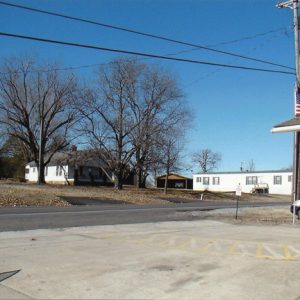 Cleveland
Cleveland
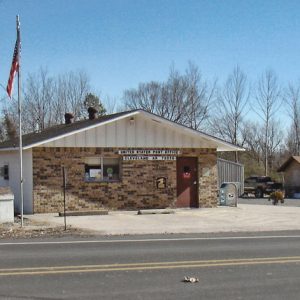 Cleveland Post Office
Cleveland Post Office
 Cleveland Poultry Farm
Cleveland Poultry Farm
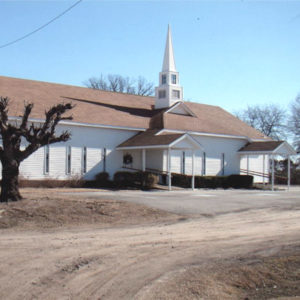 Cleveland Church
Cleveland Church
 Cleveland Street Scene
Cleveland Street Scene
 Climber Automobile
Climber Automobile
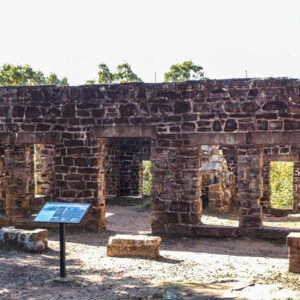 College Lodge
College Lodge
Conway County
Conway County Courthouse
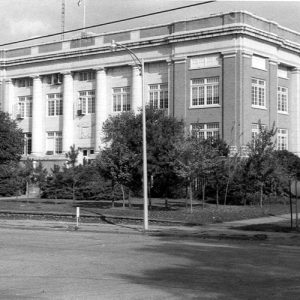 Conway County Courthouse
Conway County Courthouse
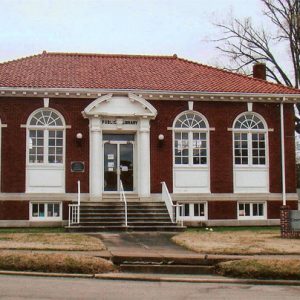 Conway County Library
Conway County Library
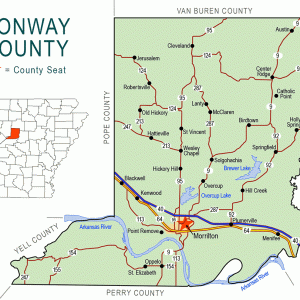 Conway County Map
Conway County Map
Cotton, Sheila Holland
 Davies Bridge at Petit Jean
Davies Bridge at Petit Jean
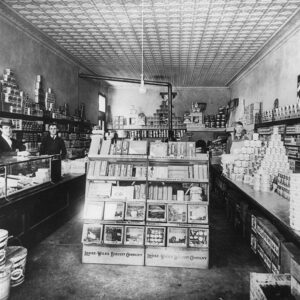 Drilling Grocery
Drilling Grocery
 Entering Plumerville
Entering Plumerville
 Fayetteville Shale Rig No. 33
Fayetteville Shale Rig No. 33
 Frisby's
Frisby's
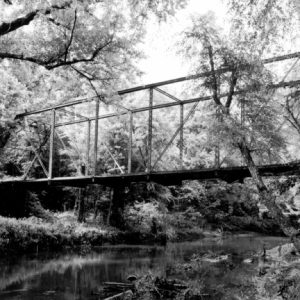 Fryers Ford Bridge
Fryers Ford Bridge
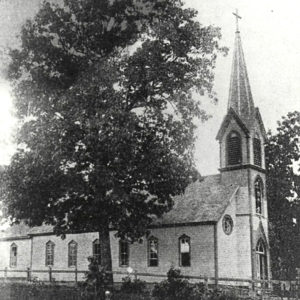 German Catholic Church
German Catholic Church
Gordon, Anderson
Gordon, Nathan Green
 Green Bay Packaging Company
Green Bay Packaging Company
 Hardison Center
Hardison Center
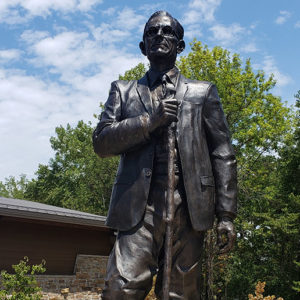 Hardison Statue
Hardison Statue
Hardison, T. W.
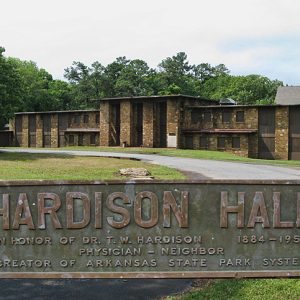 Hardison Hall
Hardison Hall
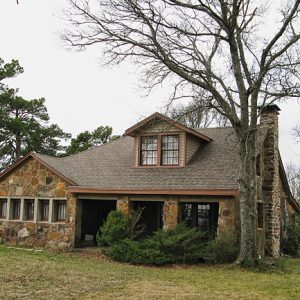 Hardison House
Hardison House
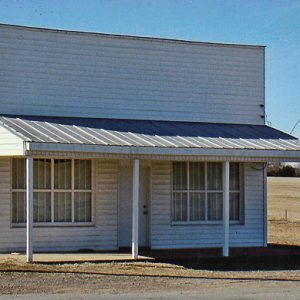 Hawkins General Store
Hawkins General Store
Hawkins, Marlin Conover
Hoelzeman, George Raymond
Holyfield, Wayland
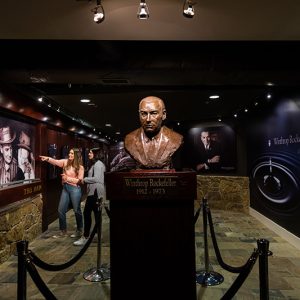 Legacy Gallery
Legacy Gallery
Lewisburg (Conway County)
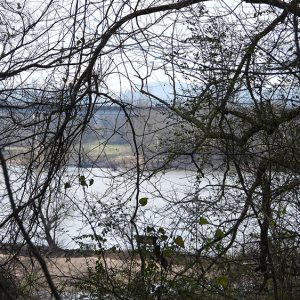 Lewisburg Bridge
Lewisburg Bridge
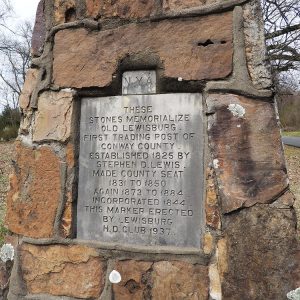 Lewisburg Marker
Lewisburg Marker
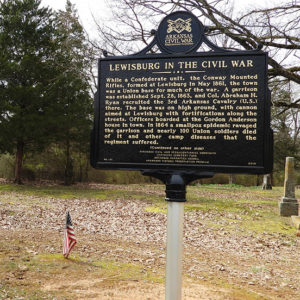 Lewisburg Marker
Lewisburg Marker
Lewisburg, Scouts from (September 6–12, 1864)
Lewisburg, Skirmish at
 Lock & Dam No. 9
Lock & Dam No. 9
Massey, Mary Elizabeth
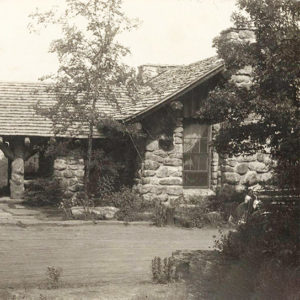 Mather Lodge
Mather Lodge
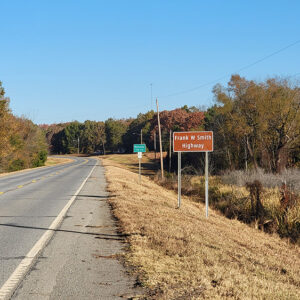 Entering Menifee
Entering Menifee
Menifee (Conway County)
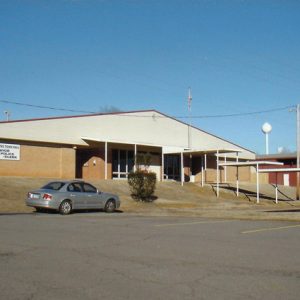 Menifee
Menifee
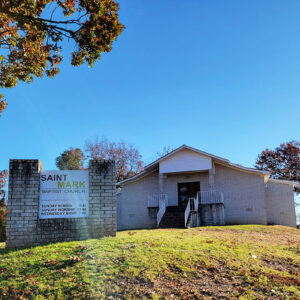 Menifee Church
Menifee Church
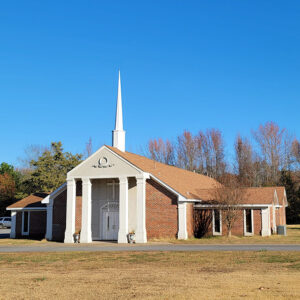 Menifee Church
Menifee Church




